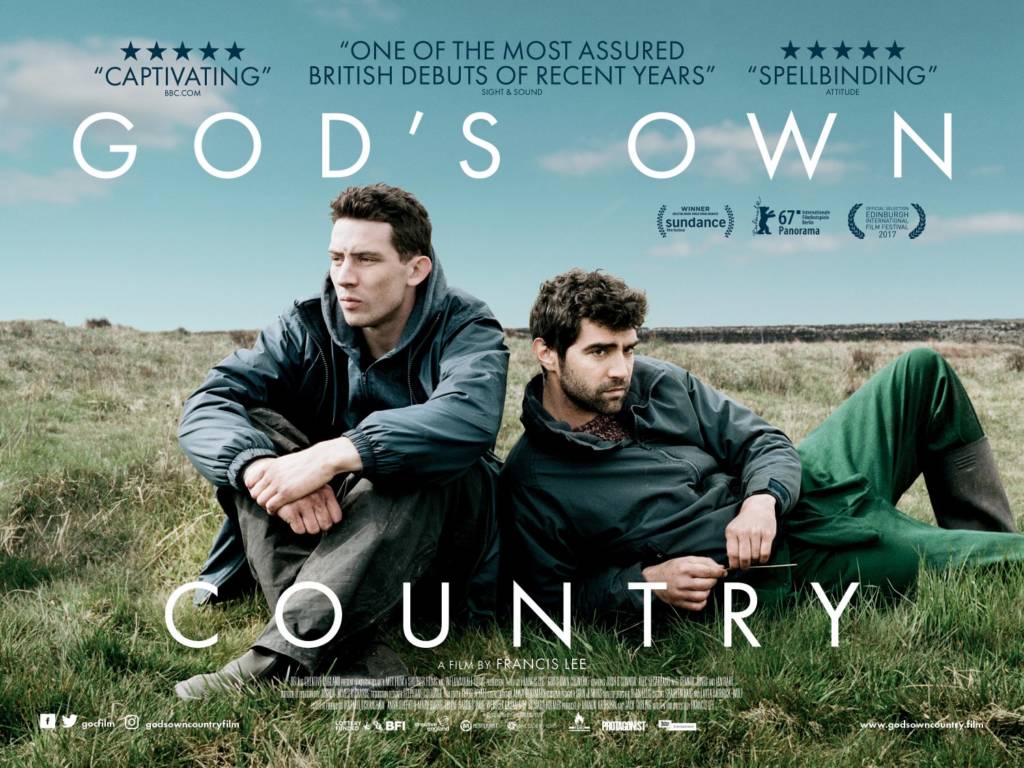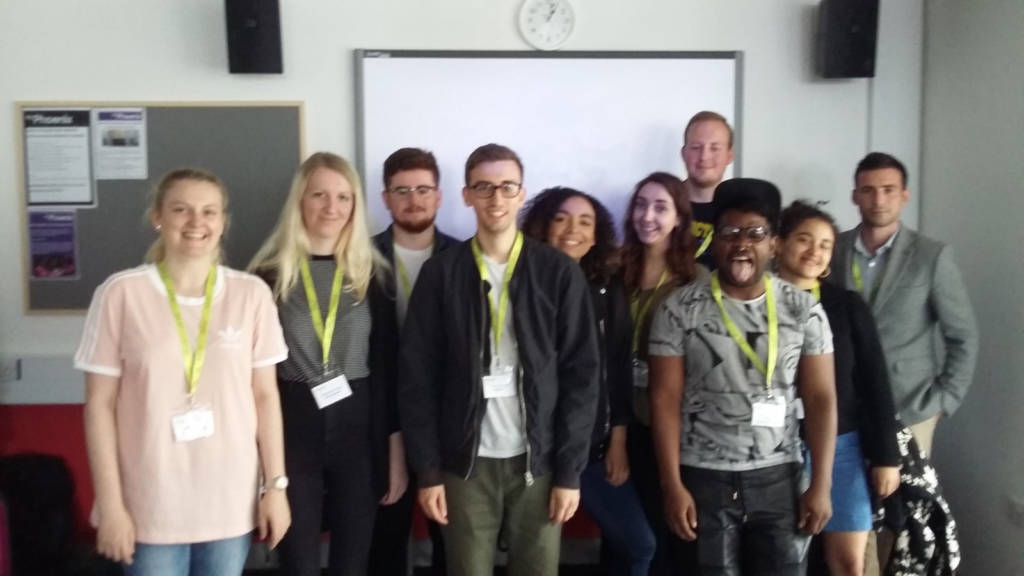
Guest post by Alice Quigley, Marketing Manager, Film Hub South West & West Midlands
On a fairly frequent basis – at events, during workshops, in articles – I’ve heard people say that young people aren’t that interested in the cinema anymore. Which would be a huge cause for concern if it were true. However, in her excellent recent article for Sight & Sound, Screening it for themselves: young DIY British film programmers, Simran Hans points out that 15-to-24 year olds are in fact the largest sector of the cinema-going audience and last year accounted for 29% of the UK cinema audience and goes on to spotlight some of the many interesting events young programmers across the UK are working on. Admittedly a decent swathe of this percentage are watching blockbusters at the multiplex, but that isn’t the full story. Loads of independent venues are doing great work already to welcome this age range, but there is plenty more we as the independent exhibition sector can do to make sure our doors are truly open to people this age.
Since BFI announced a focus on developing young audiences, specifically aged 16-30 in their recent BFI2022 strategy, there has been a flurry of activity to come up with the answers to get this age group through cinema doors. While 16-30s are frequently cited as ‘hard to reach’, from what I’ve seen, heard and experienced via various projects, the key to reaching them is relatively simple and can be boiled down to one piece of advice: talk to them.
It’s something I’m conscious of trying to do more of, especially now that the BFI Film Audience Network’s New Release Strategy (NRS) is also focussing on the 16-30 age (more on that at the end of this article). So, while hosting a Young Creatives Focus Group at ICO’s recent Screening Days in Leicester to get their thoughts on the NRS shortlisted films, I thought it would be a good idea to start off by asking them what they thought we could do to get more people their age watching independent films at the cinema. The dos and don’ts that they came up with are disarmingly straightforward and form the beginnings of a solid roadmap for anyone interested in reaching out more to young audiences.

Do: Add Value
Competition for time and hard-earned money is stiff, and young people expect more from their entertainment activities. They don’t want just a film – they can get this from the comfort of their own home – they want a night out. Think about how you can make a screening a more social experience with post-show conversations, party nights and themed food and drinks. (My favourite example was one young programmer who served up Chicken Kievs at their Eurovision night held this year in Kiev, Ukraine.)
Do: Work with young people
Why waste time second guessing what will get a younger audience into your cinema when you can work with young people to programme, promote and run events? Yes it does take time to support them through the process, and it does mean handing over control to an extent, but if you empower young programmers and producers to create, promote and manage events the rewards are plentiful: new energy and ideas, a surprising amount of fun and potentially lots of new, younger faces in the audience.
Do: Price your tickets to suit
Harking back to young people are skint – they really, really are – this was a unanimous point by all the young creatives at the Focus Group and is backed up by various pieces of research citing price as a key barrier to entry for young people.
Having a clear, simple, consistent and well-communicated youth ticket offer does pay off.

Do: Go to where young people are
Think about taking events to where young people hang out. If that’s not an option, then make the effort to go and talk to them (or get other young people to go and talk to them) where they hang out. Find out what they’re passionate about and what they want to see in the cinema. Listen to them and, most importantly, respond to what they say. It can be pretty disheartening if you don’t pay heed to their ideas, which will naturally be different to yours.
Do: Get on board with GIFs
A cute cat GIF can go a long way. Love it or hate it you’ve got to embrace it. This generation are visual animals so leave the lengthy copy behind and get on board with good quality social assets. If you’re not a natural social media user then get someone that enjoys it to take the reins.
Don’t assume
Think that young people are only interested in super-hero franchises? Think back to your late teens and early twenties. This is a time of cultural awakening and young people are more interested in the experimental and avant-garde than a lot of older people (who can get tired and just want to watch First Dates and drink wine, no blame here). There is a world of amazing cinema to discover, both new and old, and many of the people I spoke to were fed up with the risk-averse nature of youth programming.
Don’t make nominal gestures
The young people I talked to were well aware when venues made nominal gestures – suddenly programming one or two youth events and getting disheartened when not a lot of people turn up. Maybe you didn’t get it quite right this time but stick with it. If you don’t believe you are building a relationship (which takes time) then it’s never going to work. Talk to people, make changes, see what works, build trust and sustain a consistent offer for young people in your area.

Don’t use youth speak
Overcome with a desire to speak in emojis? Think that jazzy graffiti-style font is going to attract a youth audience? They are going to smell your over-30-year-old-self a mile off. By all means work with young people to write copy and come up with promotional ideas, but if that’s not possible at least keep your tone and marketing simple and authentic.
The BFI Film Audience Network have announced the next two titles to receive New Release Strategy support:God’s Own Country (1 Sept, Picturehouse) and Daphne (29 Sept, Altitude). These films were presented at ICO Screening
Days and discussed in detail with the Young Creative Focus Group. Surprise surprise, the Focus Group had lots of different ideas about the two films, underlining that young people are not a homogenous group who all think the same thing. Their campaign ideas will form a key part of our approach to these films, so you can expect to hear lots of opportunities and ideas for engaging with audiences aged 16-30 in the coming weeks. As with all NRS films, you will receive an expanded marketing pack containing everything you need to successfully promote the films including top quality social assets, engaging copy and great event ideas. Both films are now available to book via the distributors.
If you show NRS films and are interested in additional event or marketing activity, you can also access support from your local Film Hub: get in touch with them to register your interest and for more information.
The young creatives who attended the Focus Group were reached via BFI Young FAN (previously Young Programmers Network), a source of advice and opportunities for people working with young programming groups. If you’re interested in finding out more, please visit their Facebook page: www.facebook.com/BFIYoungFAN/.

